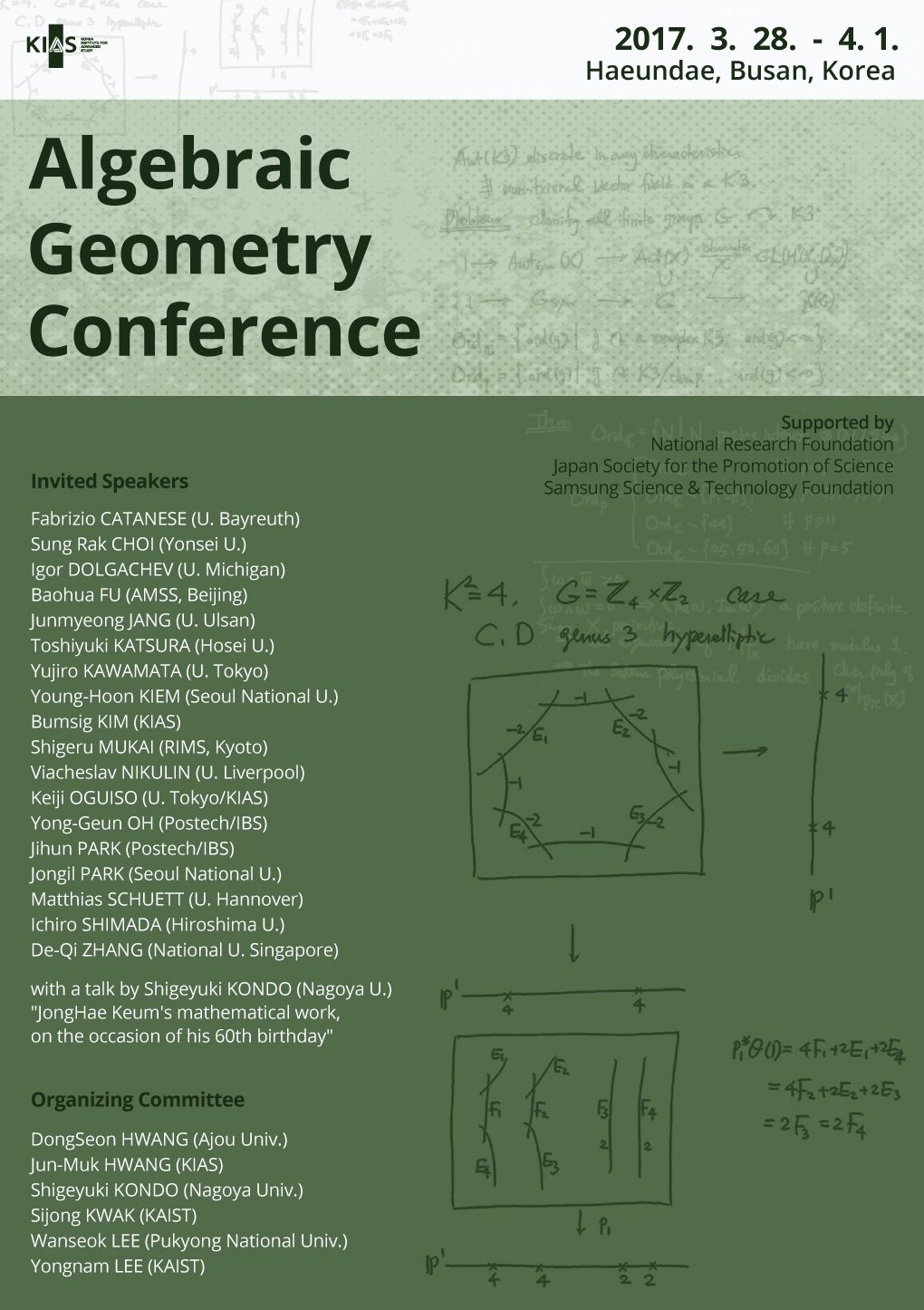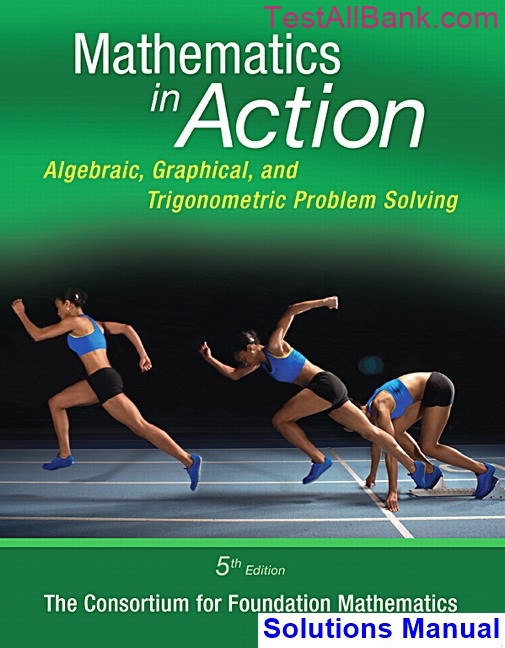
How we think: A theory of human decision-making, with a focus on teaching. International Journal of Mathematical Education in Science and Technology, 50, 182. High school prospective teachers’ problem-solving reasoning that involves the coordinated use of digital technologies. Problem solving and the use of digital technologies within the mathematical working space framework. Santos-Trigo, M., Moreno-Armella, L., & Camacho-Machín, M. (Eds.), Posing and solving mathematical problems. The use of digital technology to frame and foster learners’ problem-solving experiences. (Eds.), Broadening the scope of research on mathematical problem solving (pp. High school teachers’ use of a dynamic geometry system to formulate conjectures and to transit from empirical to geometric and algebraic arguments in problem-solving approaches. Santos-Trigo, M., Camacho-Machin, M., & Olvera-Martínez, C. Digital technologies and mathematical problem solving: Redesigning resources, material, and extending learning environments. Santos-Trigo (Eds.), Mathematical problem solving: Current themes, trends and research. Mathematical problem solving and the use of digital technologies. Lerman (Ed.), Encyclopedia of mathematics education (pp. Problem solving in mathematics education. Reston, VA: The National Council of Teachers of Mathematics. Cai (Ed.), Compendium for research in mathematics education (pp. Roschelle, J., Noss, R., Blikstein, P., & Jackiw, N. Princeton, NJ: Princeton University Press. Journal for Research in Mathematics Education, 49(4), 424–461.

A framework for computational thinking disposition in mathematics education. Catalyzing change in high school mathematics. National Council of Teachers of Mathematics. In Proceedings of ICMI study 22, Oxford, UK. Liljedahl, P., Santos-Trigo, M., Malaspina, U., & Bruder, R. Building thinking classrooms: Conditions for problem-solving. Baccaglini-Franck (Eds.), Digital technologies in designing mathematics education tasks (pp. Exploring techno-pedagogic task design in the mathematics classroom. An epistemic model of task design in dynamic geometry environment. International Journal of Science and Mathematics Education, 15(Suppl 1), 105–123. What mathematics education may prepare students for the society of the future. Gravemeijer, K., Stephan, M., Julie, C., Lin, F.-L., & Ohtani, M. Reston VA: The National Council of Teachers of Mathematics. Focus in high school mathematics: Technology to support reasoning and sense making. Reston VA: The National Council of Teachers of Mathematics.ĭick, T. Hollebrands (Eds.), Focus in high school mathematics: Technology to support reasoning and sense making (pp. Technology tools to support mathematics teaching. Hagen, Germany: Springer.Ĭohen, J., & Hollebrands, K. The changing face of education, LTEC (pp.

(Eds.), Learning technology for education in cloud. Designing technology-based tasks for enhancing mathematical understanding through problem solving. International Journal of Mathematical Education in Science and Technology, 45(7), 1034–1052. Revisiting mathematical problem solving and posing in the digital era: Toward pedagogically sound uses of modern technology. In this process, it becomes important to think of and represent problem statements and concepts geometrically, to construct dynamic models of problems, to trace and examine loci of particular objects, to analyze particular and general cases, and to communicate results. What types of strategies, representations, and resources emerge and are important in problem-solving approaches that rely on and foster the use of a Dynamic Geometry System affordances? The aim of this chapter is to analyze and discuss on how the use of a Dynamic Geometry System (GeoGebra) provides affordances to develop a geometric reasoning as a mean to work and solve mathematical problems. Currently, significant developments of digital technologies are shaping both students’ social interaction and ways of learning mathematics and solving problems. Indeed, it is common to structure and frame both mathematical curriculum and learning environments through problem-solving activities. It has been widely recognized that problem-solving activities are crucial in developing and learning mathematics.


 0 kommentar(er)
0 kommentar(er)
